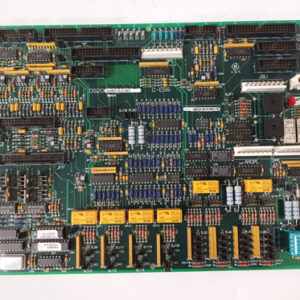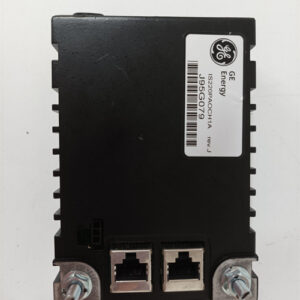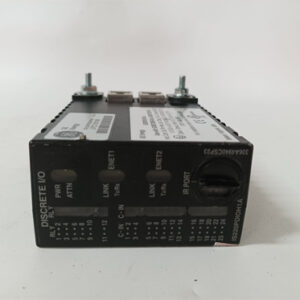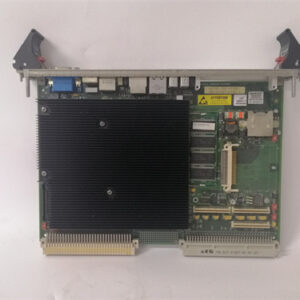الوصف
The GE IS230STAOH2A is an analog output module for the GE Mark VIe control system. This module’s primary function is to send continuous, variable signals from the control system to a process, allowing for precise control of equipment.
Key Features
- Analog Output: The module converts a digital command from the controller into an analog signal, typically a 4-20 mA current or a 0-10V voltage. This continuous signal is used to operate field devices, providing much more precise control than a simple on/off signal.
- Mark VIe Integration: As a part of the IS230 series, this module is designed to integrate seamlessly with the Mark VIe platform. It works with the main controller and other system components to ensure accurate and reliable control.
- DIN Rail Mounting: While not explicitly stated in the prompt, IS230-series modules are commonly designed for standardized DIN rail installation within industrial control cabinets. This simplifies wiring and maintenance.
Applications
The IS230STAOH2A is a fundamental component in industrial settings that require precise and reliable process control.
- Power Generation: It’s used in power plants to control fuel flow, turbine speed, and the position of various valves to maintain stable and efficient operation of gas and steam turbines.
- Oil and Gas: In refineries and offshore platforms, it controls the position of critical valves to regulate flow, pressure, and temperature.
- Industrial Automation: It’s used in a wide range of manufacturing processes to control variables such as the speed of a conveyor belt, the pressure in a reaction vessel, or the temperature in a kiln.
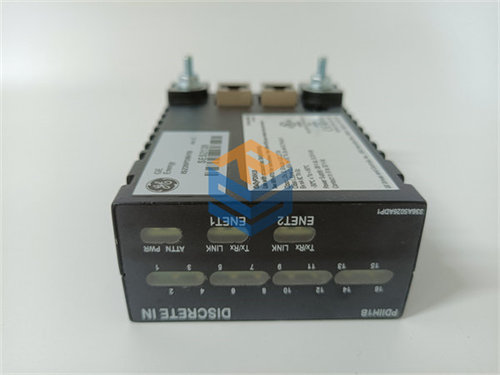

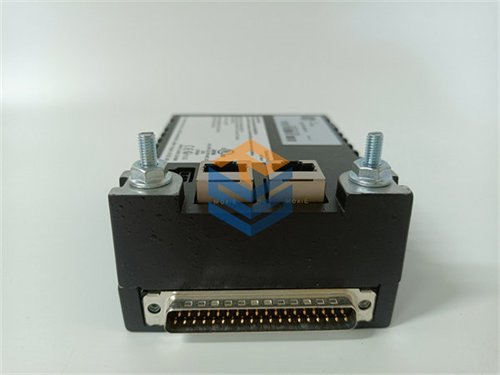

 +86 15340683922
+86 15340683922 +86 15340683922
+86 15340683922